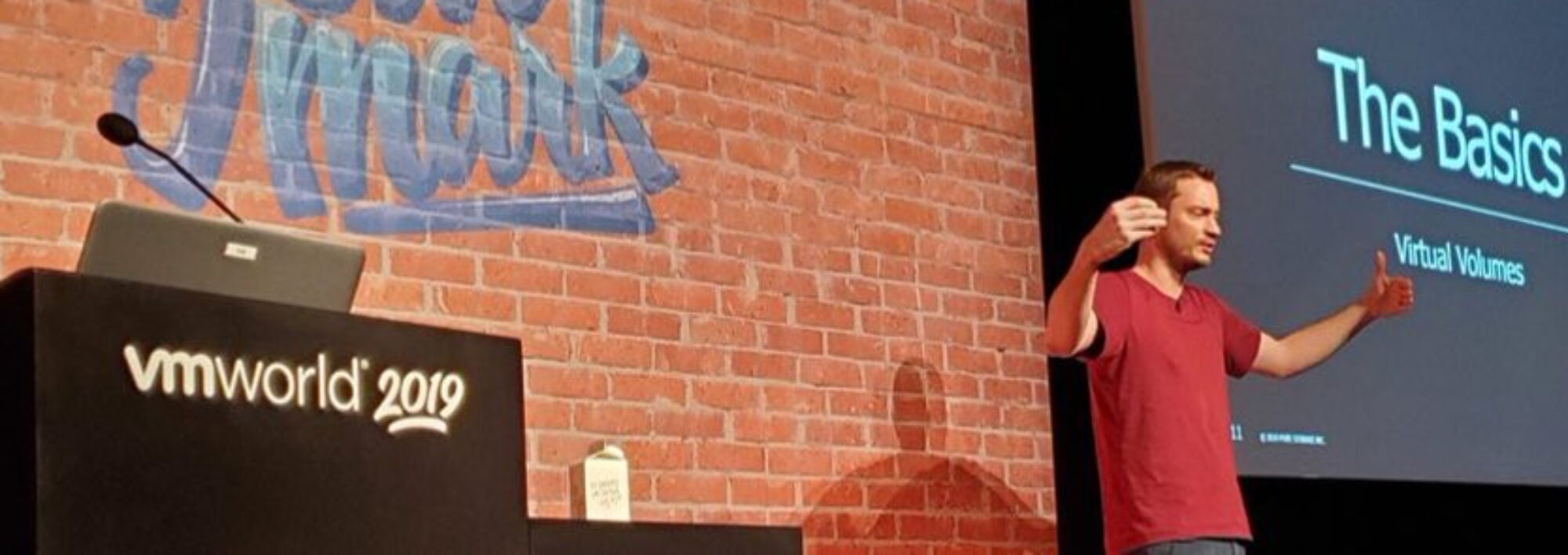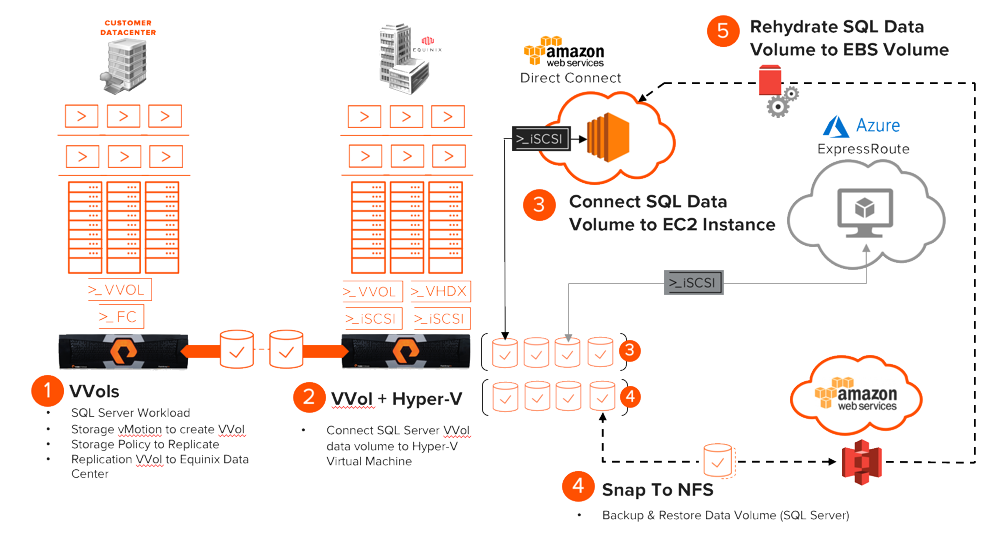I have released a new version of the VMware/Pure PowerShell module which can be automatically installed from the PowerShell Gallery.
Pure Storage PowerShell VMware Module
Updates in this release are focused on VVols. Creating VVol snapshots, copying them, creating new disks from them, retrieving them etc.
Version 1.1.0.2
I wrote a blog post below on using some of the new cmdlets:
PowerCLI and VVols Part V: Array Snapshots and VVols
Continue reading “1.1.0.2 Release of the Pure Storage VMware PowerShell Module”


